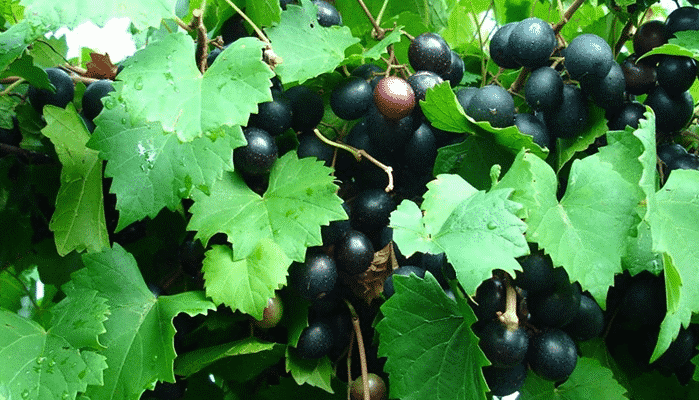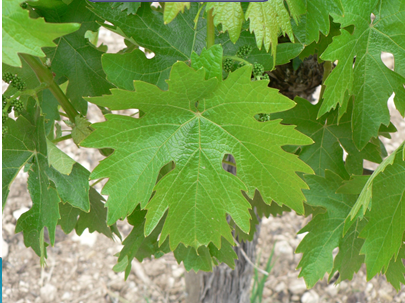USEFUL INFORMATION FOR BEGINNERS AND ADVANCED
Introduction
So, you want to learn more about wine? The following sections are aimed at those who wish to acquire some basic wine knowledge to overcome the difficulties encountered when making their first steps in the world of wine.
Why learn more about wine?
Perhaps you like collecting fine wines and have decided to build your wine cellar. You may also wish to understand the best restaurants’ wine lists drawn up by experts. What is certain is that you will be surprised from the start to find that, as a subject of study, wine is considerably broader than you might think.
There are thousands of varieties and types of wine, and you can choose the best of them. There are thousands of wine regions and wineries, each with its unique wine.
600 new wines appear on the market every day…
I am often asked: “Don’t you know this wine?” My answer is: “At the moment we are talking, perhaps on the other side of the globe or in another country, a new winery opens its doors to the public introducing some new wines”. It is impossible to know all wines.
Fortunately, the world of wine is endless, as long as we have a robust database of knowledge and information around it. This can help us select the most valuable wines and taste and enjoy them like true connoisseurs.
The Vine – Basic knowledge
The vine is an ancient plant (it has been around for thousands of years), and grapes were eaten fresh or used for making juice. All that was needed was for the juice to be left exposed for longer for the yeasts to work their magic. In the end, wine was a happy accident of nature.
The vine belongs to a large family of climbing plants, the Ampelidae (Ampelidae, Ampelidaceae, Vitaceae), including 11 genera. The genus Vitis (grapevine) of interest to the vine and the wine includes 2 subgenera, the Euvitis and the Muscadinia (rotundifolia), which have several species.

Vitis Rotundifolia: Both the grapes and the wine have a distinctive taste (foxy), very characteristic of this grapevine specie. The leaves are round (suitable for dolmades), having a single sinus (notch) where the leaf stem meets the blade. The grape berries are round and jet black; the skin is quite thick and can be easily separated from the flesh by squeezing it with the fingers. It is resistant to Phylloxera and the principal grape diseases.
Vitis Vinifera, also known as the European wine grape, is the main and most important species for the production of wine worldwide. Other species used for wine production are V. Labrusca, V. Riparia, V. Aestivalis, and V. Rotundifolia; wines produced from them usually have unusual aromas that most consumers do not like. The only specie that produces wines with aromas acceptable to the whole world is the genus Vitis. This genus alone has more than 1000 varieties used to produce wines. Some are famous and cosmopolitan, others are well-known, and some are rare and known only to experts.

Vitis Vinifera
These varieties, depending on their intended use, may – and it is universally accepted to be classified into various categories or groups, as follows:
Table use: grapes intended to be consumed as fruits (i.e. Veriko, Superior…)
Raisin making: grapes used for drying into raisins (i.e. Sultana, Corinthian…)
Canning: grapevarieties used for canning (i.e. Sultana..)
Juice production: Varieties used for the production of juice
Winemaking: all wine-making varieties
There is another different category or group- that of varieties and/or hybrid grapes being used as a preventive measure against the root form of “Phylloxera”.
The varieties
Grape varieties differ considerably from one another and can be divided into three categories, depending on their country of origin:
Indigenous: varieties that belong to a country and are not claimed by other countries, such as Xynisteri, Maratheftiko (Cyprus), Xinomavro, Ayiorgitiko (Greece), Chardonnay, Sauvignon Blanc ( France), Sangiovese, Canaiolo (Italy).
International: cosmopolitan varieties grown in almost all corners of the globe (Cabernet Sauvignon, Merlot, Chardonnay, e.t.c)
Traditional: a term I use to distinguish some varieties that have been cultivated for many years in one country and are probably indigenous to another (i.e. Lefkada, Muscat of Alexandria, Sultana)
In addition, we also have clones that are a faithful copy of a variety with small but essential differences, including their resistance to diseases or pests, a higher or lower yield, more aromatic compounds, a nicer colour, etc. All these are subject to study and research and should not be confused with Genetically Modified (GM) plants, which belong to another, currently unaccepted, category.
The natural cycle of the vine
The vine as a plant is influenced, negatively or positively, by several factors: the climatic conditions, the soil and subsoil, the slope and exposure of the soil, the direction of the vineyard rows, the cultivation practices, the technology. This is why it is said that “great wine is made in the vineyard.”
The vine takes water and nutrients from the soil through its root system. From the air, through the leaves and with the help of solar energy, light and chlorophyll, organic substances (sugars in the form of fructose and glucose) are produced. These sugars are converted into alcohol (wine), CO2 and energy by the influence of saccharomyces. By the effect of oxygen and acetic bacteria, the wine is then converted into vinegar, which in turn, under the influence of other bacteria, is converted into water and CO2. The water ends in the soil, and the CO2 in the atmosphere and a new cycle begins.
The annual lifecycle of a vine
The vine needs 365 days (a whole year), starting from pruning, budding, flowering, grape production, ripening, harvesting and vinification. Suppose the previous harvest took place on 15 September for a specific variety and region; the new production for the same variety and region will take place around the same time of the following year (always speaking about our hemisphere).
The ripening of the grapes depends on the geographical location of the country/vineyard. The harvest season typically falls between August & October in the Northern Hemisphere and February & April in the Southern Hemisphere.
Vintage. The annual wine production is referred to as “vintage” and refers to the specific year in which the grapes were harvested, the climatic conditions that prevailed, and, as a result, the quality of the wine produced. This explains why the same wine from the same producer, variety, and region may differ in quality from year to year.
Dr Andreas Emmanouel

